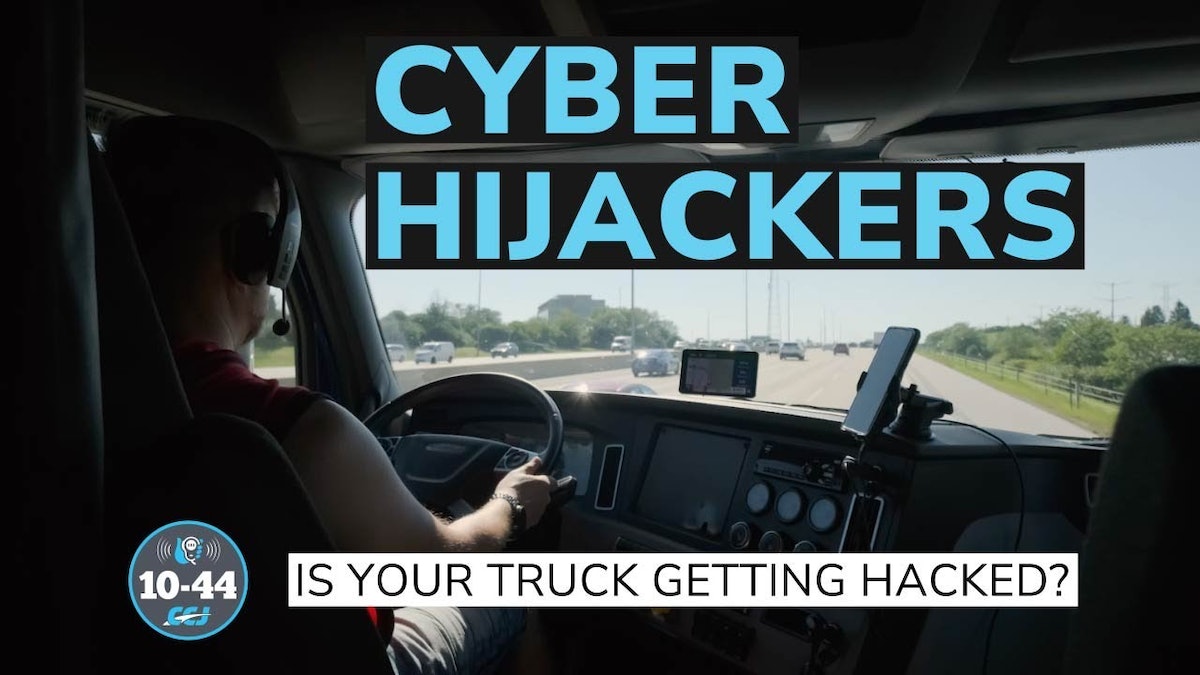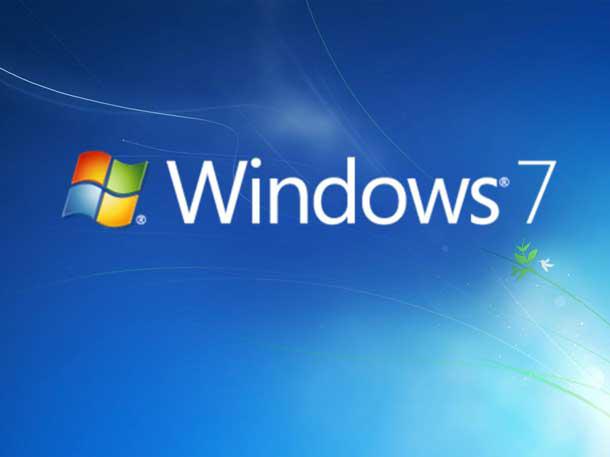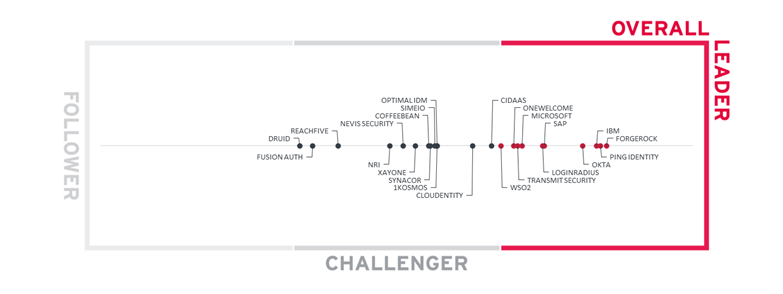Truck hacking: a New Age road hazard
Speaker 1 (00:00):
This week’s 10-44 is brought to you by Chevron Delo 600 ADF ultra low ash diesel engine oil. It’s time to Kick Some Ash.
Jason Cannon (00:09):
Flat tires, fault codes, and now being hacked. These are the hazards of the new age highway.
Speaker 1 (00:15):
You’re watching CCJ’s 10-44, a weekly webisode that brings you the latest trucking industry news and updates from the editors of CCJ. Don’t forget to subscribe and hit the bell for notifications, so you’ll never miss an installment of 10-44.
Jason Cannon (00:29):
Hey, everybody, welcome back. I’m Jason Cannon and my co-host on the other side, as always, is Matt Cole. Hacking and cyber attacks are faceless strong-arm robberies. Internet pirates can shut down a carrier’s entire operation in a matter of minutes from thousands of miles away, but these incidents aren’t isolated just to back-office systems. Technology has granted sophisticated attackers a means into the truck itself.
Matt Cole (00:53):
All the new technology and connectivity within vehicles like tractor trailers not only makes vehicles smarter and improves efficiency, but it’s also a new attack vector for cyber criminals.
Jason Cannon (01:04):
Fleet Defender CEO and founder, Terry Reinert, joins the 10-44 this week. And while it sounds something like out of the Fast and Furious, he says the capabilities exist for cyber attackers to hijack a rig while it’s rolling down the road with the driver inside.
Terry Reinert (01:19):
So if you’ve got a satellite terminal, if you’ve got cellular modems, from part of your telematics, your ELD, or whatever else, so there’s different vectors in there. Even some of the more modern trucks, they’ve got upwards of seven or eight different wireless connectivity to the vehicle itself. But there’s other really interesting attack vectors against vehicles. Like the National Motor Freight Trucking Association, they released information about eight months ago on a vulnerability that would allow anybody with a small little software-defined radio, probably cost like 50 bucks down at the store, and an antenna, they could point the antenna at the truck, send the right RF signal, like the radio frequency signal, at the…




